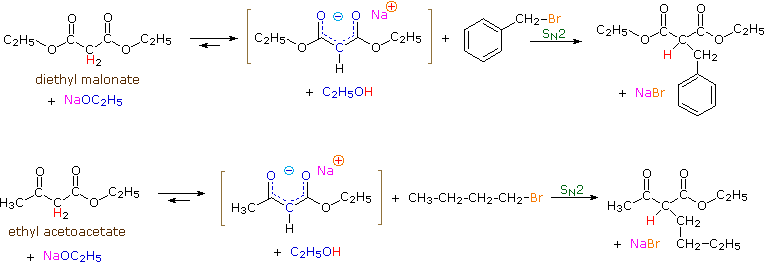@German, there are references for Festers ester reflux. In the patent below example 1 is what you are talking about and comparative example 1 is the reflux but they use a 4 hour reflux instead of Festers 3 hour. The only difference is an increase in yields of 13%+ if done without reflux (adding extra methanol as it distills off).
Method for preparing amino acid esters
EP0544205B1
http://sharebee.com/15e06c76
".......it's an old topic of mine"
Yes I know, I have followed from way back at the Hive, to SM to ChemicalForums to various blogs(to name a couple). Thanks for clarifying also, but I have to say PLEASE read the patent below carefully!
Process for preparing 1-phenyl-2-aminopropane
http://sharebee.com/8bcadfd2
They use 1-phenyl-2-aminopropanediol-1,3 which has the following constitution;
Using (16.7 grams = 0.1 mole) of 1-phenyl-2-aminopropanediol and (140ml = 1.1 mole) of 58.4% Hydroiodic acid and (6.2 grams = 0.2 atomic wieght)red phosphorous, refluxed at 123-125*C for 24 hours yielded 85.4% 1-phenyl-2-amino-iodopropane with trace amounts of 1-phenyl-2-aminopropane and even smaller amounts of 1-pheny-2-aminopropanol-3.
And there are other examples in that patent that use much more red p and HI!
They actually state this in the patent;
"As to the step for the reductive deiodonation of the compound (1-phenyl-2-amino-3-iodopropane), the reaction is carried out preferably at high temperature to produce the desired compound, 1-phenyl-2-aminopropane. Suitable reductive dehalogenating agents are Raney nickel and lithium aluminium hydride. Although Hydroiodic acid itself maybe effective as the reductive dehalogenating agent, in this case the reaction is too slow to be practical"
And they said that after pushing their reactions out to 35 hours!!! I have refluxed in excess of 48 hours, and adding another 48 would not be the end of the world. But just be aware if you want the complete reduction (dehalogenation) you are going to have to go stronger than 24 hours. Or at least do some serious experimenting like Java stated. Now I know you cant depend solely on one patent, and trust me I can produce more concerning reduction of primary alcohols with HydroIodic acid.
Further studies on the reduction of benzylic acids by hypophosphorous acd/Iodine
http://www.arkat-usa.org/get-file/18759/
The only primary alcohol reduced in the paper above was Cinnamyl alcohol, and except for dimerization the major product was the corresponding iodopropane in shitty 21% yields.
"the material was tested and no OH group showed up in the final analysis and on TLC the run matched a control sample....."
I dont expect their would be an OH group, as stated about 4-5 hours into reflux all the OH's will be displaced with I's... I also dont imagine TLC would provide a clear reading here either, the retention time of the iodo derivative would be too close to descriminate (double bubble). Depending on what combination of solvents you used as your eluent, would determine how clear the resolution was. But that being said if it was N-methylated and on testing kept you up for 2 days, there is no disputing that. I have been talking about this alot, because I am somewhat concerned that people will take this easier route and will end up taking iodopropanes instead of the good stuff. I sincerely appreciate your input Java, and was hoping to grill you further on Aziridines in this thread.
..........there is no mystery about iodation of the amino alcohol in question, i've shown a picture of the crystals somewhere on this thead...mp was 197, the range is 194-196C .....then try the zinc amonium chloride, thf dehalogenation , don't forget to activate your zinc.....more to know , but then reading is required .......java











 )..
).. 